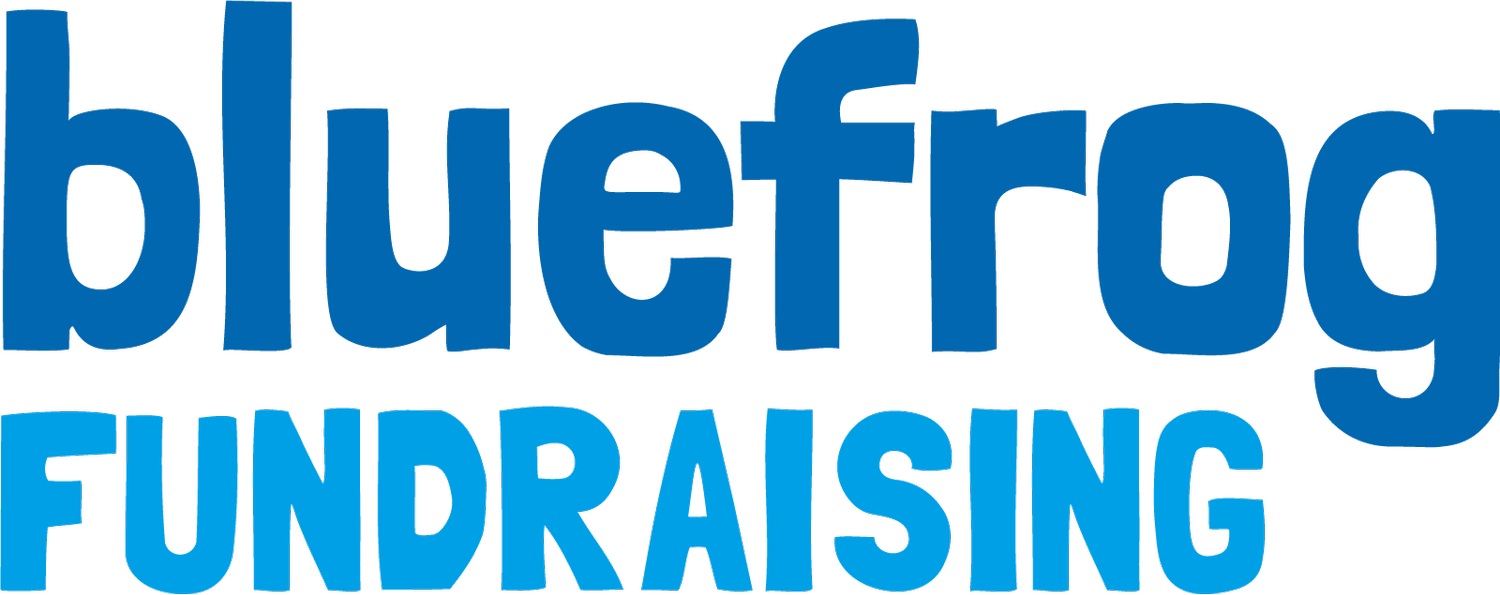
“Some of the stuff that they send me is actually quite fun. Most charities seem to think it’s their duty to be boring.”
Dynamic thanking
People might ignore your appeals, but no one ignores a great thank you.
One of the most neglected elements of fundraising is how donors are thanked. Charities invest huge sums in building brands, creating new products and developing appeals that are designed to make their fundraising more effective. But when it comes to how they manage the thanking process, so much opportunity is lost.
In Bluefrog’s conversations with donors we’ve found that little is expected more than an out-of-date email receipt or a formal thank you letter that might double as a Gift Aid prompt. And, sadly, that’s what our mystery shopping exercises show that they usually get.
Charities that fail to keep up with innovations in thanking are failing to take advantage of the wonderful period just after a donor has given that can form the foundation on which a life-long relationship can be built.
When a charity gets their thanking process and comms right it can have the biggest impact on income of all the elements of the fundraising mix. Done well, thanking can make the difference between a good and a great fundraising programme.
Unconvinced? Here’s three sets of statistics that might surprise you…
The fundraising agency, McConkey Johnston International found that first time donors who received a personalised thank you within 48 hours of making a donation were FOUR times more likely to give again.
Penelope Burk’s donor survey found that when it came to repeat gifts, 45% of donors reported that it was a great thank you letter in response to an initial gift that inspired them to give again.
When Bluefrog introduced dynamic thanking to a client’s established IG programme, income increased by two-thirds over the course of three years.
What is dynamic thanking?
Dynamic thanking is an approach to post-donation communications built on answering the need states exhibited by all donors. It considers the wider socio-economic environment, the relationship the donor has with the charity, the specific work the charity undertakes, how much the donor has given and what they have received previously.
Donors need different types of thanks and acknowledgement at different points in their relationship with a charity. Some might be designed to stem attrition, others can be used to move a donor towards regular giving and a different approach might be used prior to an upgrade or legacy recruitment campaign.
In practice, dynamic thanking can create a sea-change in the effectiveness of your fundraising programme. By using dynamic thanking, you can cost-effectively retain more donors, increase response rates, push up average gifts and boost lifetime loyalty.
Could dynamic thanking work for you?
If you’d like to find out more, please get in touch with us and we’ll show you how dynamic thanking works, introduce you to data planning models and offer insight into how your thanking programme is perceived by donors – as compared to that offered by other charities in your specific sector.
Implementing an effective dynamic thanking model in your charity's fundraising strategy will not only ensure your donors feel valued – but will also help establish a strong and lasting connection with your cause that can support your brand and drive higher levels of campaigning and advocacy. For organisations experiencing disengagement symptoms such as high attrition and poor second-gift rates, revamping the thanking programme is one of the most cost-effective and highly effective solutions available to revitalise your fundraising programme.


